How do I better light a dark room? 10 genius lighting solutions for spaces with gloomy outlooks
These illuminating, expert-recommended lighting solutions for dark rooms will help shed some light on small, cave-like spaces
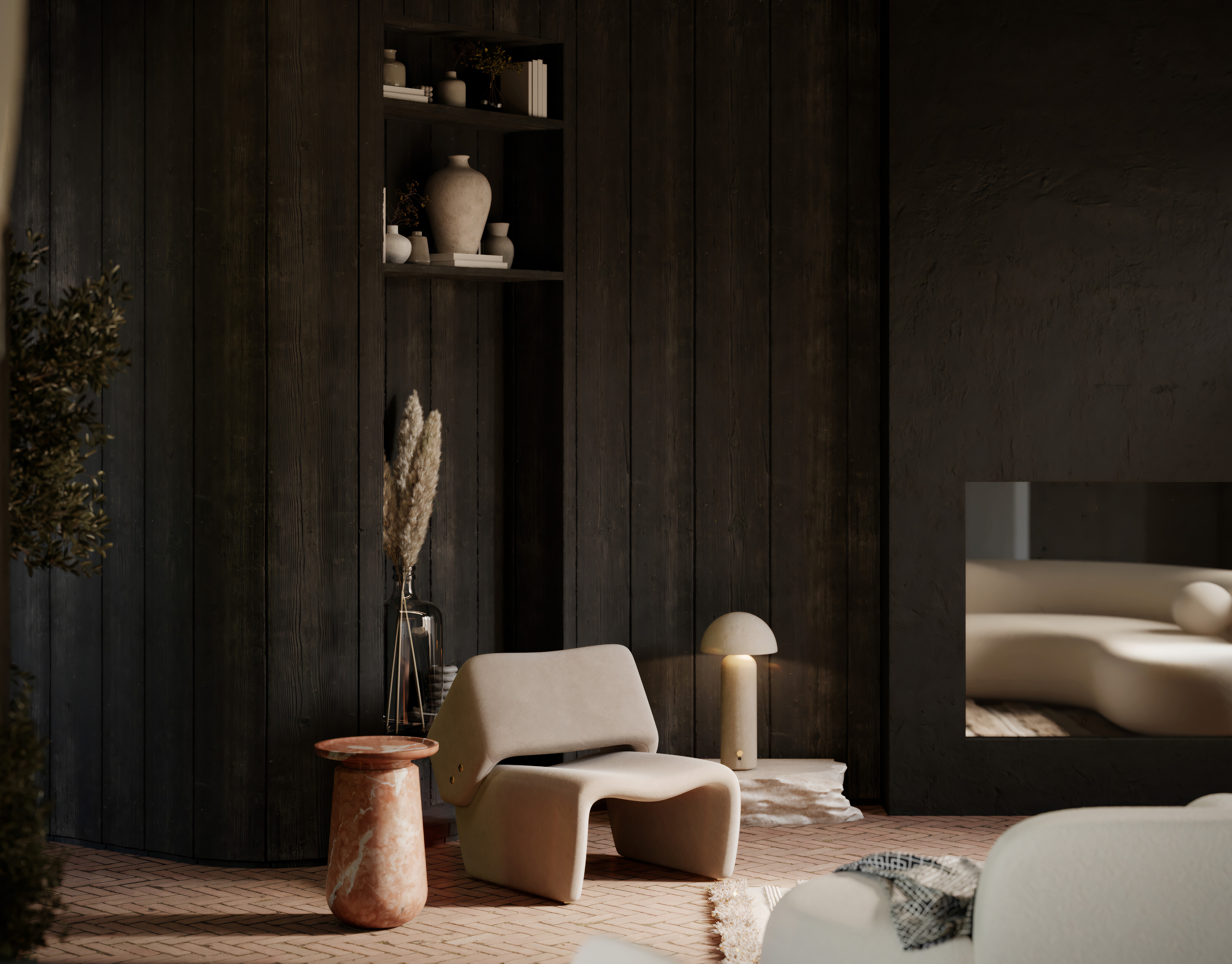

If your interiors feel dingy and dim, there are lighting solutions for dark rooms you should explore. Understandably, every room can't benefit from incredible amounts of natural light, and many areas and even large sections of the home can be left light-less. When a room lacks proper illumination, it doesn't only feel dull, but also smaller and less inviting.
The good news is that by implementing clever design tricks and choosing the right light fixtures, you can create an effective, functional, and even decorative lighting scheme in even the darkest of rooms. Whether it's your dining room, bedroom, kitchen, or living room lighting ideas, take cues from these suggestions, and light up your lifeless spaces..

Aditi is a homes writer and editor with several years of experience. Her articles, backed by expert insights, offer suggestions aimed at helping readers make the best home design choices. For this article, she spoke to top interior designers and industry experts to find out how to light a dark room.
10 clever lighting solutions for dark rooms
1. Explore wall washing and light layering
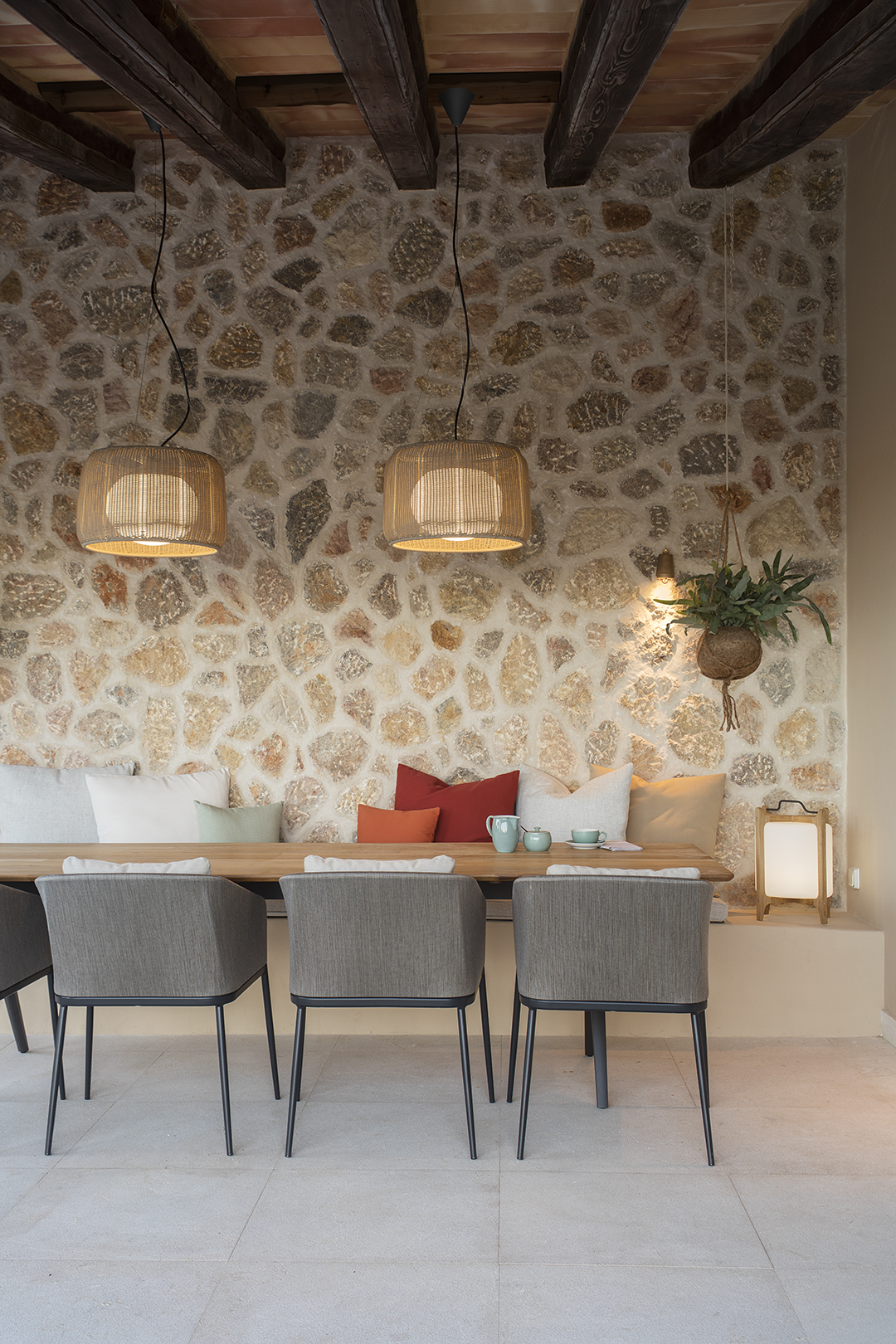
Multiple sources of ambient lighting can help create a wonderful, layered illumination scheme in a room. Consider a good mix of overhead lights, tables, and floor fixtures. If you want to walk the green path, choose smart light bulbs that are versatile and energy efficient.
Along with layering, think of other ways you can use lighting pieces to enhance a room's aesthetic while also radiating it. Wall washing is one way of not only highlighting an architectural feature but also cleverly throwing diffused light around a room.
'By 'wall washing', you can accentuate the irregular texture of a wall tile,' says Reena Sotropa, founder of Reena Sotropa In House Design. 'This accent lighting in combination with the recessed ceiling fixtures can allow a space to go from a brightly lit space to a soft relaxing spa with the flick of a switch. Flush mount fixtures are very subtle in their appearance and can provide an extremely bright and even quality of light in a space that is the next best thing to natural light.'
Woven Pendant Light from Amazon
This simple cage lampshade, can help cast beautiful shadows on the wall, giving any space an elegant and pleasing vibe. The lampshade also has a 100% hemp rope along with an interesting antique Edison bulb.
2. Choose fixtures with the right light output
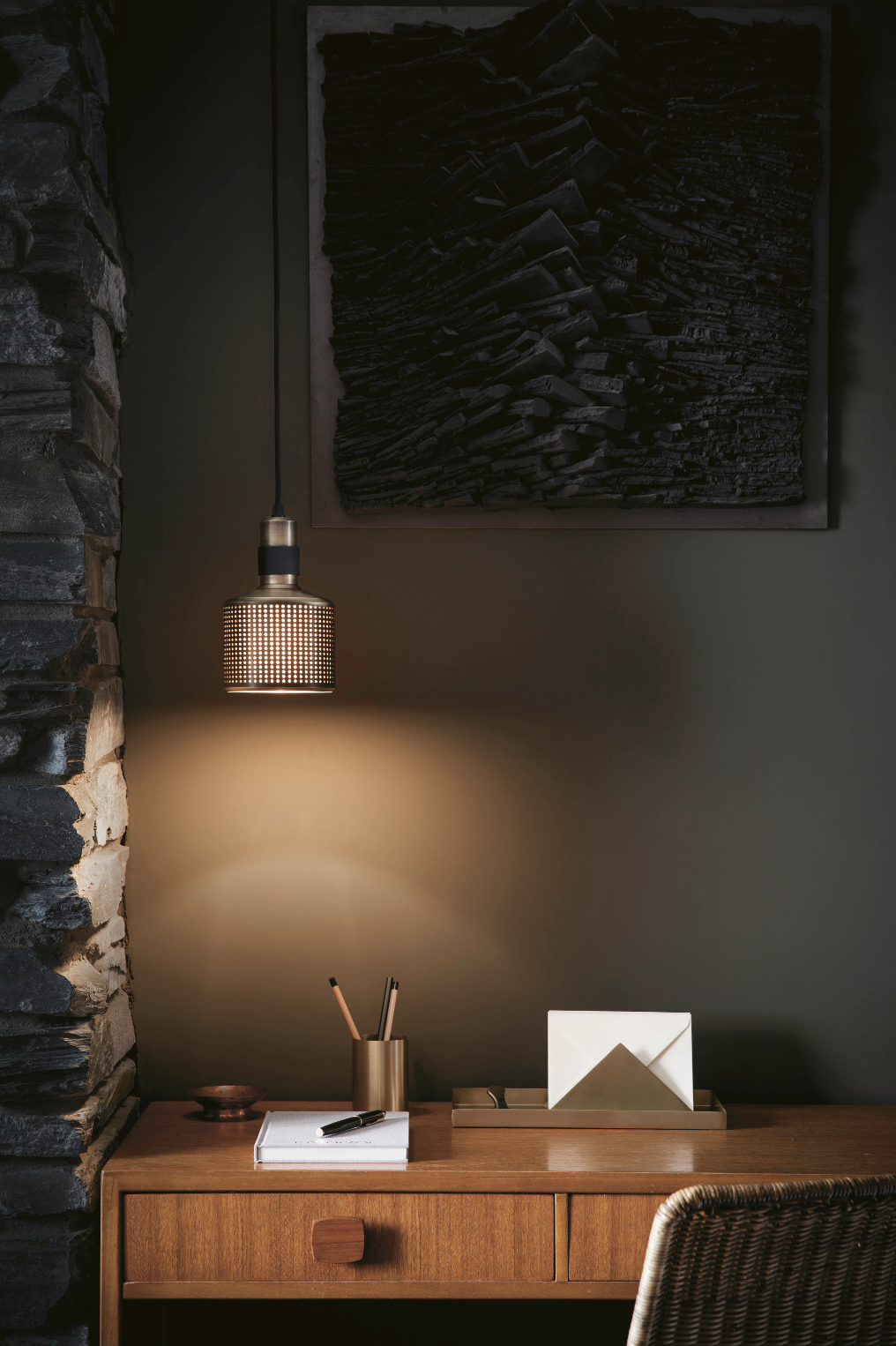
'Look to the ceiling lights and lamps, and make sure the bulbs have the maximum light output that is comfortable and functional,' says Jennifer Morris, founder of JMorris Design. 'A shift from 40 to 60 watts can make a big difference.'
A good way to determine this is by the lumen method, where you determine the square footage of the room, establish the number of lights that will be needed to light up the room, and multiply the two to get the total lumens required.
Several online tools and calculators can help you find out how many lights should you have in a living room or bedroom, and what is the right light output needed.
3. Brighten up rooms with thin LED lights
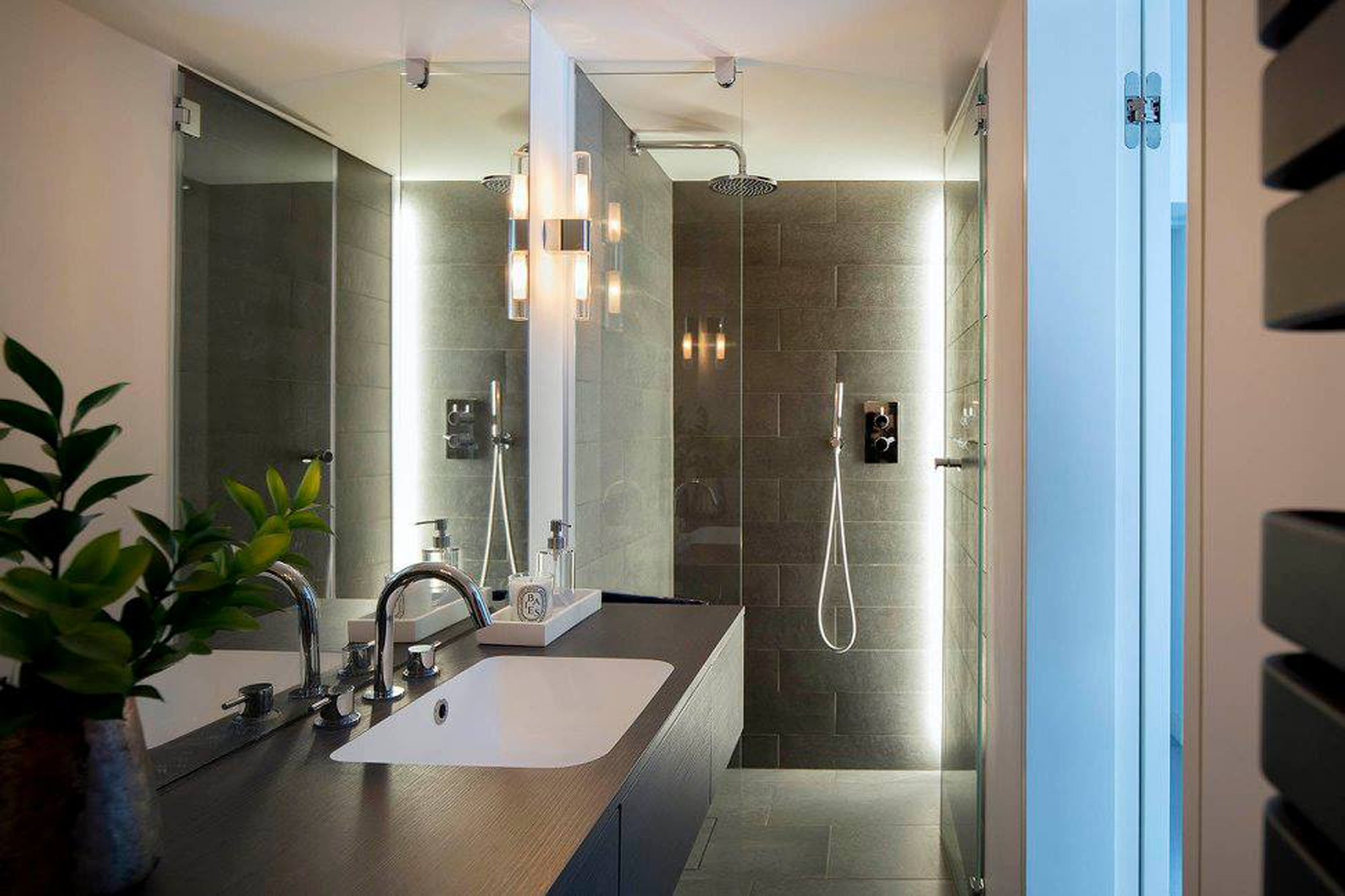
'Budget in a recessed cove lighting or install a thin LED recessed light around the perimeter of the room to make it better illuminated without overwhelming the space,' says Jennifer.
In this windowless ensuite, a strip of LED lights has been used in the corner of the shower enclosure where the two walls of tile meet. It not only casts a flattering, diffused light when using the shower, but gives a sensation of daylight creeping through a crack in the wall.
The best part about LED lighting ideas is their versatility, as they cover a wide range of light, from soft and warm to crisp and cool, and come in various design options. If strips aren't for you, consider LED panels, pucks, ropes, cans, and bulbs, making excellent uplighting, downlighting, accent lighting, and more.
4. Choose fixtures that don't dull your light
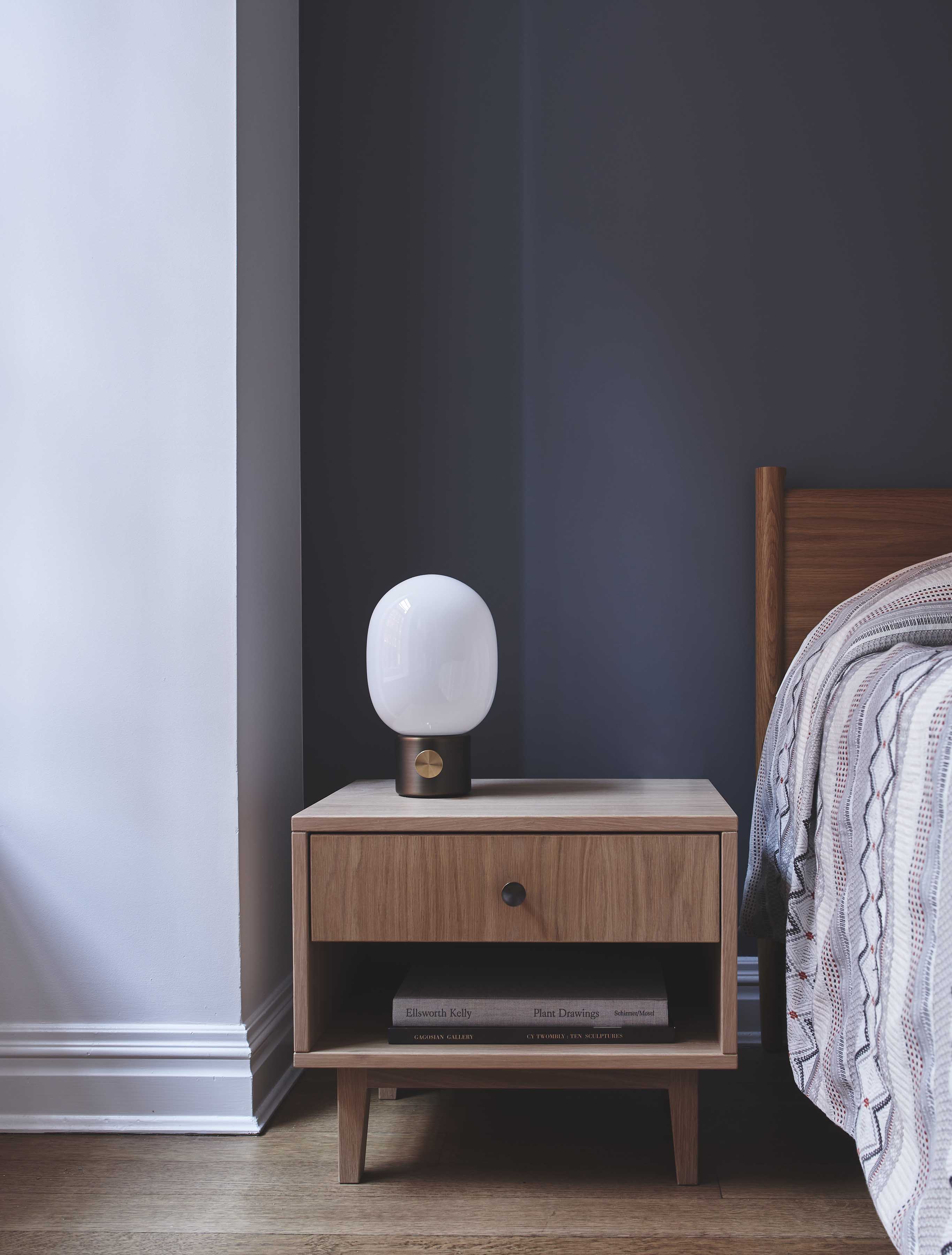
Ensure your room gets unobstructed illumination with bulbs, pendants, and lamps that are in clear glass, or in case of lampshades, in thin, non-printed fabrics.
'Being clever with your choice of materials for the lighting sources is the key to ensuring maximum light, so opt for glass, lighter and translucent fabrics, and mirrored finishes to avoid diffusing any light from the bulb,' says Emma Deterding, founder of Kelling Designs.
Also, ensure the right placement of your lights. Make sure they aren't behind a large wall, a tall plant, or in a place where it is hidden. In living room corners, or a dark home office, it's best to choose a tall, oversized lamp that will light up the area and also the room.
5. Add in that extra lamp
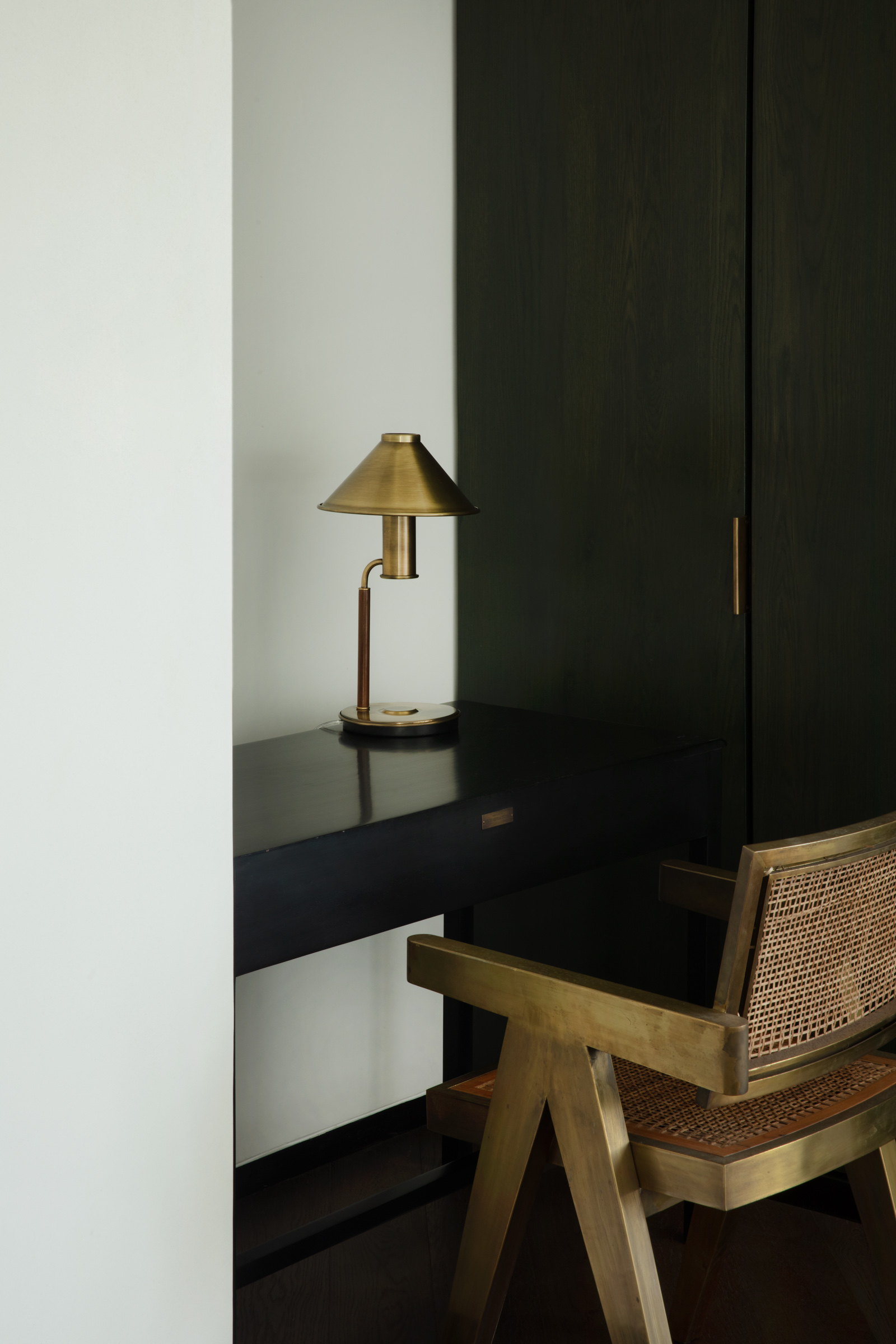
'Generally when thinking of lighting, it is good to think about layers of light which will create an evenly distributed glow throughout the space making it feel bigger, brighter, and more interesting,' says Kashi Shikunova, director at YAM Studios. 'Consider not only overhead lighting but also vertical lighting like wall lights and ambient accent lighting like table lamps or shelving lighting.'
'Think about corners, as these can make a space seem unbalanced. Add a floor or table lamp here with a soft glow, and give the space a new lease of life.'
Also, choose to place lamps in unexpected places; a healthy dose of rule-breaking can change the way we experience our homes and organize our lives. Add one in the bathroom next to the bathtub, place one on a countertop of the kitchen, or keep one on the banquette seating. Mix up your style, add more light and create an eye-catching vignette.
6. Consider pendant designs that light up a whole room
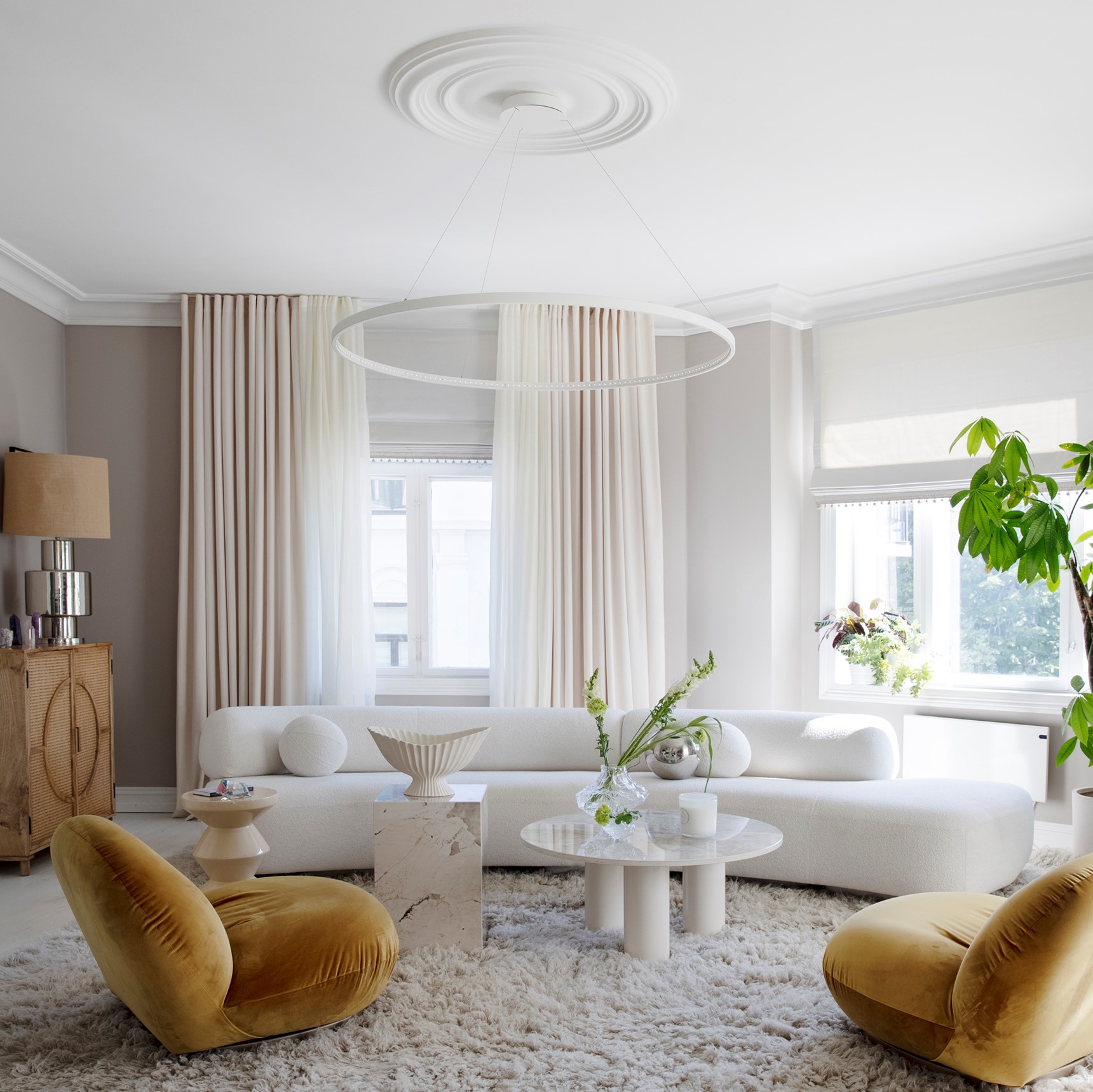
'When choosing pendants, avoid using the ones that point up or down, creating shadows that darken a room,' says Kashi. 'Use pendants that give light to the whole room, evenly brightening up the space.'
For a dining room lighting scheme or other a kitchen island, consider adding multiple pendants above the table or the countertop to ensure the space is aptly illuminated. In the hallway, hanging a series of identical fixtures down the length of the space will create a classic look.
7. Install lights inside shelves
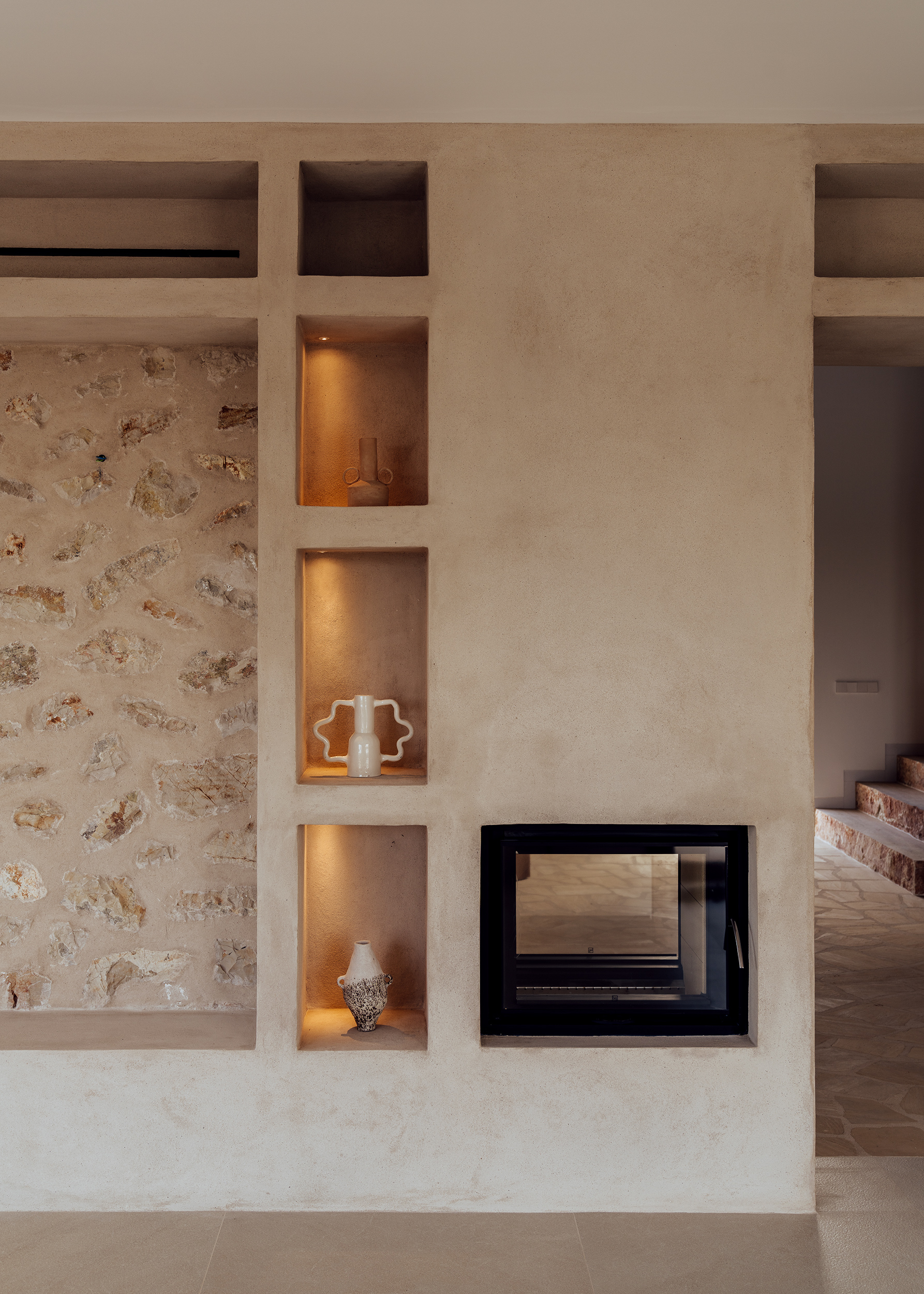
Recessed lighting is often used as accent lighting rather than as the sole light source for a room. This is because they are unobtrusive, and marry nicely with clean, contemporary, or minimalist interiors. These lights are not ill-suited to any interior.
These can be used in the smallest of spaces to the largest of rooms, and tiny and easily hidden, they do the work of highlighting the specific area they are in. These are also highly functional, and are great for kitchen cabinet lighting, lighting up a bookshelf, or spotlighting a sculpture.
'In the hallway or kitchen shelves, consider adding hidden LEDs or spotlights inside, that will get rid of the shadows and make the small units look visually striking,' says Kashi. 'Install each of these lights on a dimmer switch that will allow the creation of different moods in the space depending on how it is used.'
8. Add mirrors
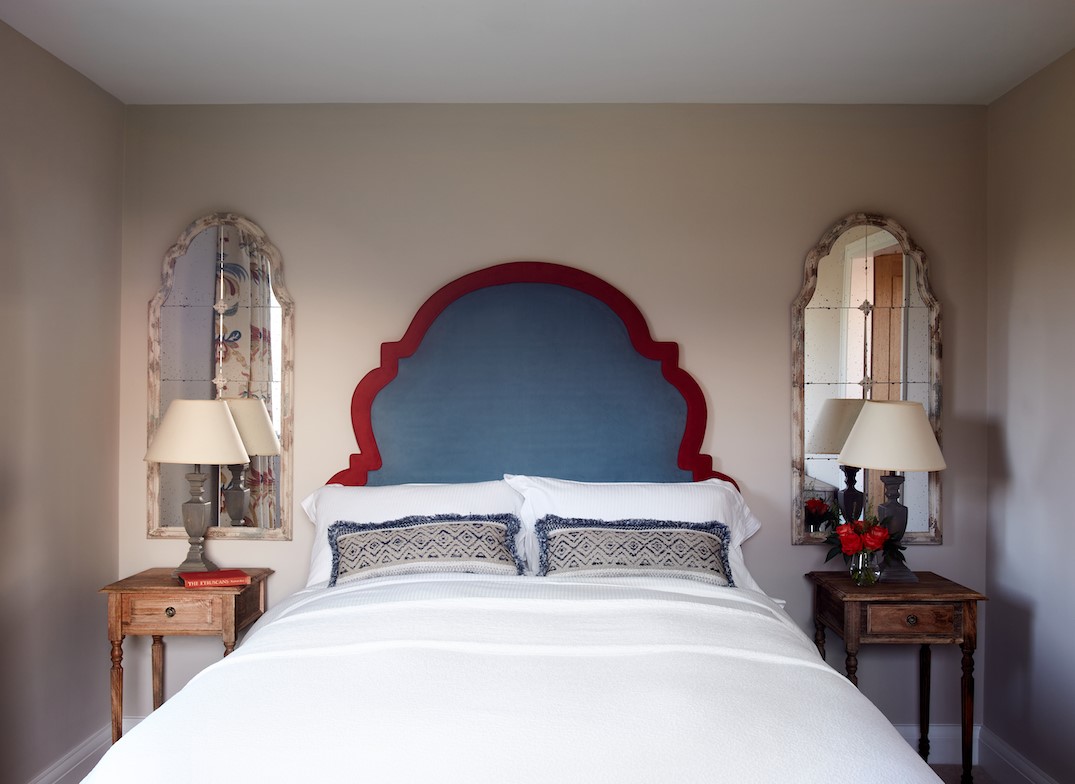
We all know how a mirror makes a space look larger, and more open, and adds dimension. But it also helps amplify the light around in the room, depending on where and how you position the mirror.
A key trick is utilizing mirrors to maximize light, whether you position them behind lamps or on the wall to fall in line with your ceiling pendant,' says Emma. 'Not only will this make the room feel bigger, but it’ll reflect light into the room brightening it up massively.'
To maximize sunlight, and to make the most of the best views of the city, place the mirror next to the window. While placing the mirror, try to set it at an angle that shows the best reflections while you're seated down. Choose a beveled piece to maximize the light from the outside. You can also place it behind a standing lamp to double down on its illumination.
One mirror mistake to avoid is hanging a mirror too high above a furniture piece so there is a lot of dead space in the middle and no relationship between the two pieces. Make sure you position it about 10-12” above a sideboard or console, then adjust from there.
9. Try a high gloss paint
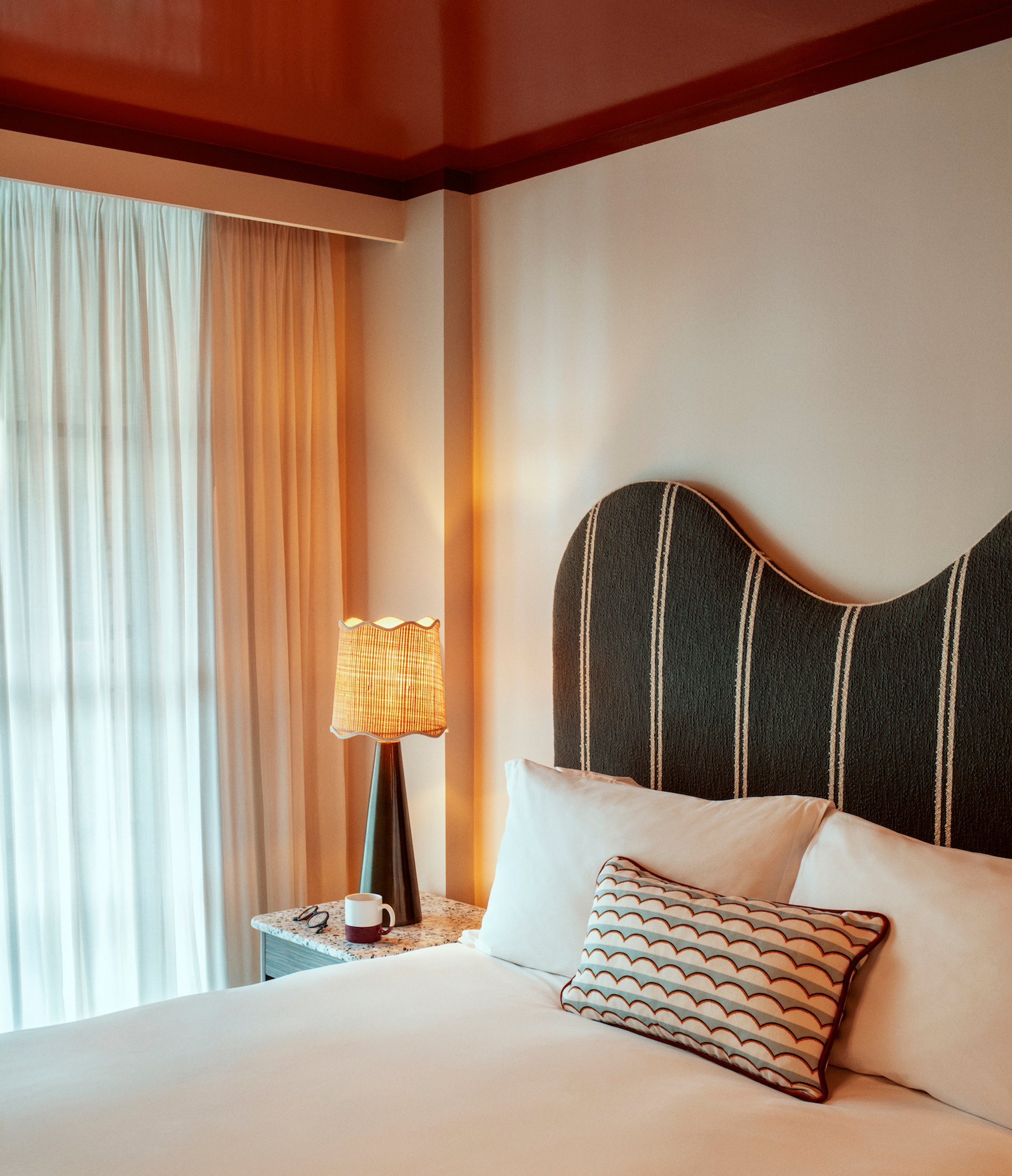
Gloss walls and ceilings have been a hot look in decorating for some time, and it's a trend that appears to have staying power. This paint finish creates a reflective surface and is highly durable. It subtly helps bounce the light around the home and makes spaces seem lively and welcoming.
'Reflecting light on wall and ceiling surfaces is a great way to illuminate the room but be careful if the glare is upsetting to your eyes,' says Jennifer. 'Try a high gloss paint on the ceiling or reflective wall finish. Floors and large counter surfaces can provide great light luminance to make a space feel bright.'
Try Farrow & Ball's gloss paint for a light-reflecting finish that works for both traditional and contemporary schemes.
10. If you're renovating, choose an open plan layout
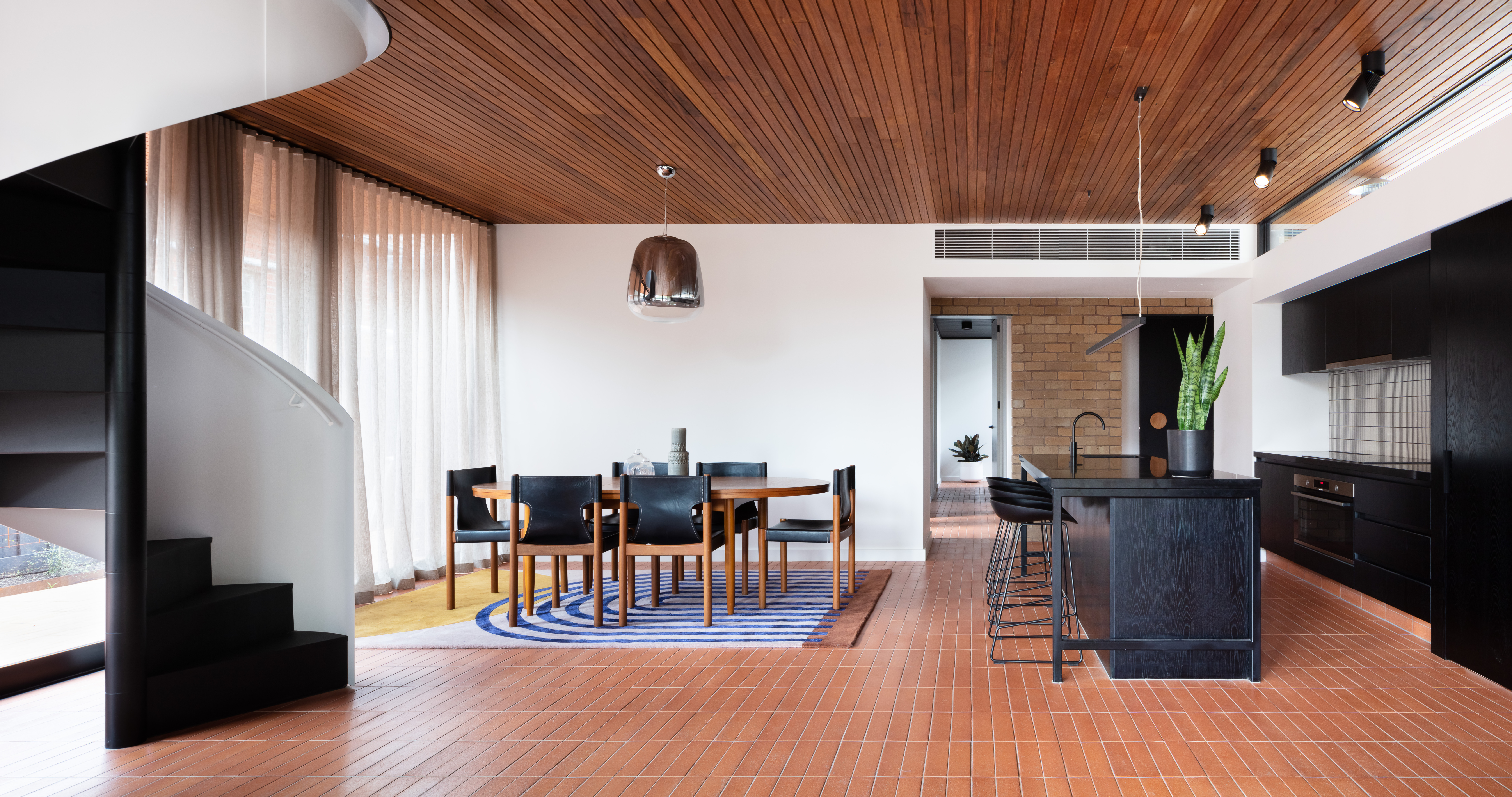
If you're building your home or gutting the existing layout, consider an open plan living with connected spaces, so that light and air can flow through the home, without restrictions. Daylight is the most wonderful magnifier of interior spaces. If you can bring more natural light into your home, it will have a great effect on maximizing the sense of space.
Perhaps add a skylight, or enlarge the existing windows. Effective modern window treatments like roller blinds and shutters will ensure you receive daylight and plenty of privacy.
'When designing for a low-lit space, it is important to allow light to flow unencumbered through the space as much as possible,' says Reena. 'Impeding the flow of light creates shadowy corners which will result in a gloomy vibe.'
Be The First To Know
The Livingetc newsletters are your inside source for what’s shaping interiors now - and what’s next. Discover trend forecasts, smart style ideas, and curated shopping inspiration that brings design to life. Subscribe today and stay ahead of the curve.

Aditi Sharma Maheshwari started her career at The Address (The Times of India), a tabloid on interiors and art. She wrote profiles of Indian artists, designers, and architects, and covered inspiring houses and commercial properties. After four years, she moved to ELLE DECOR as a senior features writer, where she contributed to the magazine and website, and also worked alongside the events team on India Design ID — the brand’s 10-day, annual design show. She wrote across topics: from designer interviews, and house tours, to new product launches, shopping pages, and reviews. After three years, she was hired as the senior editor at Houzz. The website content focused on practical advice on decorating the home and making design feel more approachable. She created fresh series on budget buys, design hacks, and DIYs, all backed with expert advice. Equipped with sizable knowledge of the industry and with a good network, she moved to Architectural Digest (Conde Nast) as the digital editor. The publication's focus was on high-end design, and her content highlighted A-listers, starchitects, and high-concept products, all customized for an audience that loves and invests in luxury. After a two-year stint, she moved to the UK and was hired at Livingetc as a design editor. She now freelances for a variety of interiors publications.
-
 Burl Wood Decor Is 2025’s Most Coveted Comeback — Here’s How to Get the Storied Swirls for Less
Burl Wood Decor Is 2025’s Most Coveted Comeback — Here’s How to Get the Storied Swirls for LessIrregularity is the ultimate luxury, but you don’t need an antiques dealer to find it
By Julia Demer Published
-
 5 Garden Features That Instantly Add Value to Your Home — While Making Your Outdoor Space More Practical, too
5 Garden Features That Instantly Add Value to Your Home — While Making Your Outdoor Space More Practical, tooGet to know all the expert tips and tricks for making your backyard a standout selling point for your home.
By Maya Glantz Published

